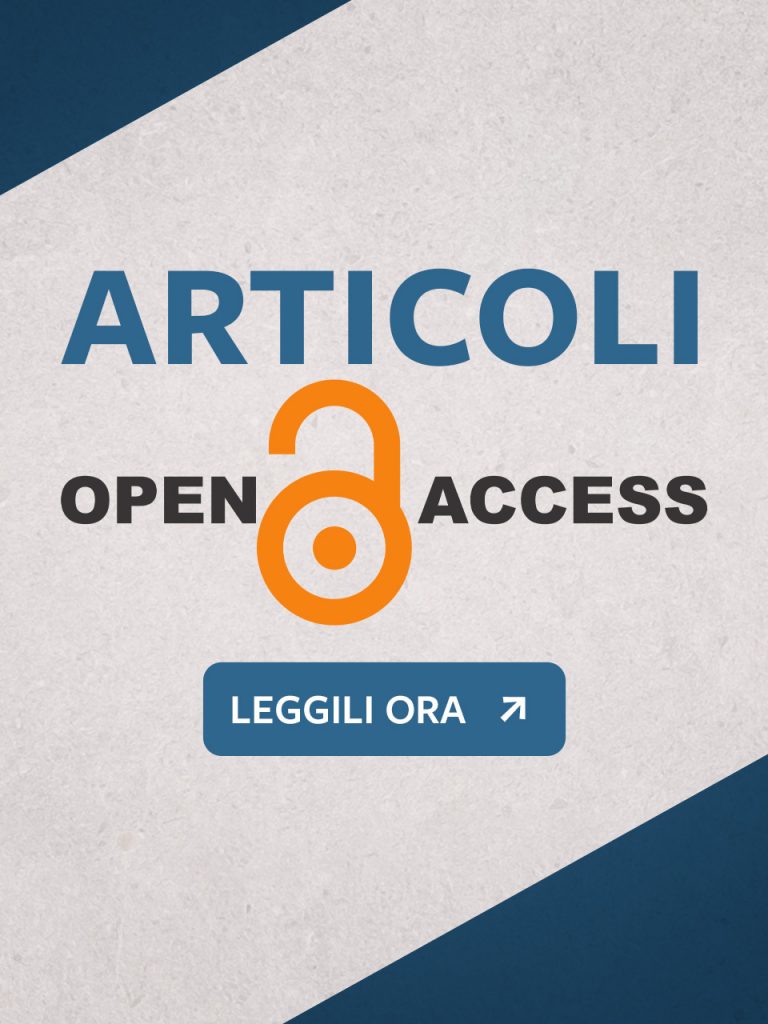An Introduction to Developmental Phonological and Phonetic-Motoric Speech Sound Disorders
Anita van der Merwe
This article explores the theoretical concepts of phonology and phonetics in spoken language, emphasizing the distinction between phonological planning (abstraction of phonemes and their sequential combination) and motor planning (transformation of phonemes into motor codes for speech production). Various models of speech production are analysed, including two-, three-, and four-level models. The classification of speech sound disorders is described in detail, identifying the differences between true phonological disorders and phonetic and neuromotor disorders, also including child apraxia of speech (CAS). The article discusses challenges in differential diagnosis and treatment, emphasizing the importance of a comprehensive evaluation that considers all components of the child’s development. Treatment methods such as dynamic temporal and tactile cueing (DTTC) and the speech motor learning (SML) programme are described to address phonetic and phonological disorders, respectively.
Keywords
Language production models, Phonological disorders, Phonetic disorders, Differential diagnosis.

